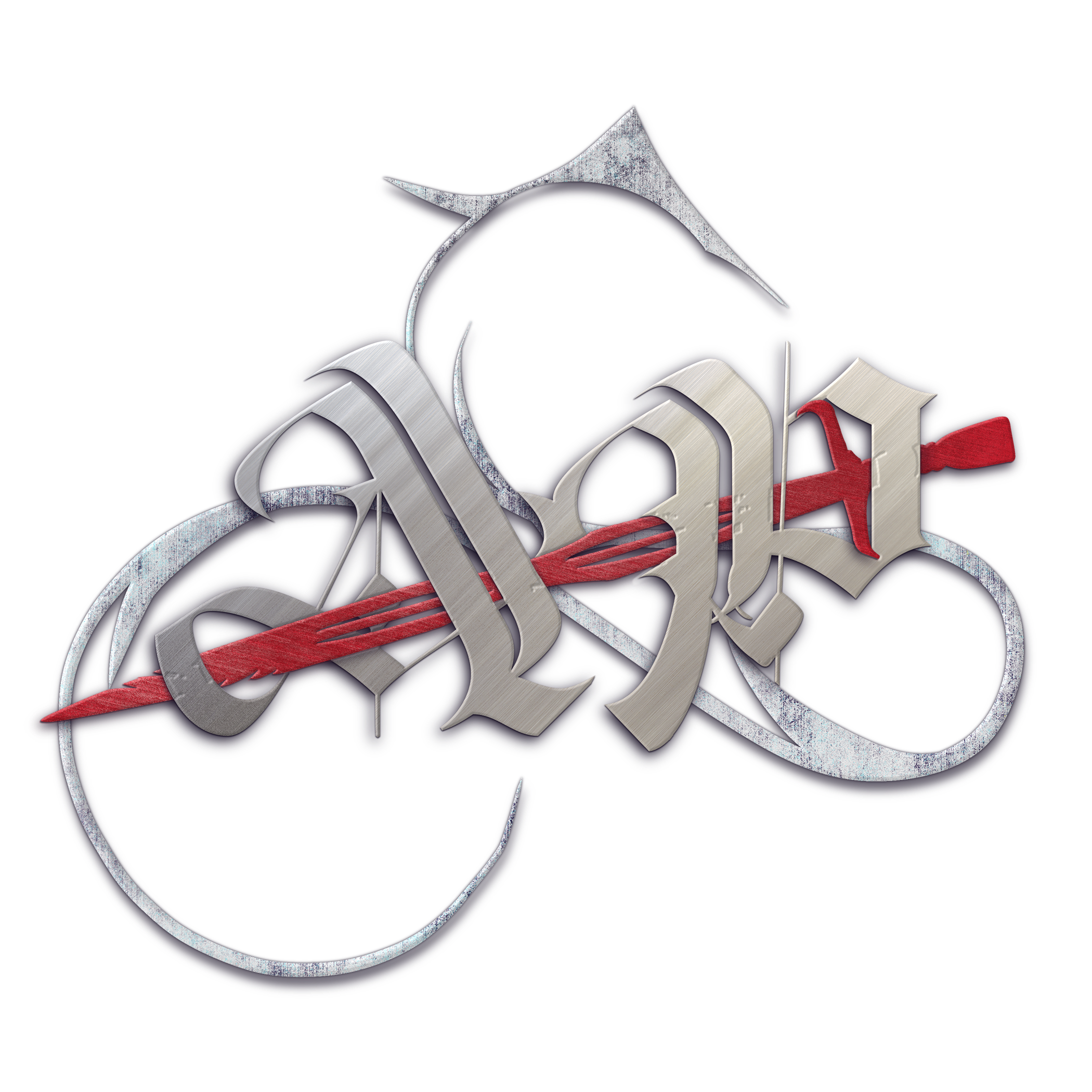In my efforts to put pen to paper, I find that writing narrative is the hardest part of the creative writing process. It's easy to write action scenes and dialogue, but when it's the more meandering narrative that describes scenery, background action, or the lesser of the important details, it's often hard to say what I want to say clearly and concisely.
Thankfully, I've run into a few AMAZING creative writing resources that helped me to improve my narrative style.
First up, a long post on the Capital Community College website. This post gets into a lot of detail on both narrative and descriptive elements. You read a couple of different pieces of literature and compare the differences between the two to find the best narrative style.
It includes tips like:
Use nouns and verbs to drive the action, and use adjectives sparingly.
Start in media res, or in the middle of the action with no preamble.
Keep things moving. Movement is action, and action is interesting to read!
Click on the link above to check it out for yourself…
There is also The Power of Narrative Writing, posted on the Writing Forward website. This post gets into what narrative really is, why we love it, the types of narrative, and--this I found VERY helpful--the elements of successful narrative.
These things include:
Point of view, or WHO is telling the story. This is your connection with the story.
Conflict, the problem or question that drives the characters.
Characters, the actors setting the scene and playing out the story.
Setting, where and when the story is taking place.
Plot, the dialogue and action, the highs and lows, the twists and turns that keep you engaged.
The post is simple, but it gives a good look at some different elements of good narrative.
Finally, there is Types of Papers: Narrative/Descriptive, posted on the Roane State website. This post gets into specific things that all narrative and descriptive writing needs, including sights, sounds, tastes, sensations, smells, etc. It gives you a good look at what type of writing to use for solid narrative, and gives you examples of well-constructed narrative.
